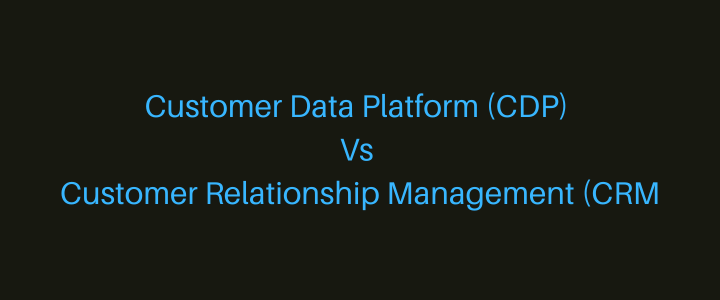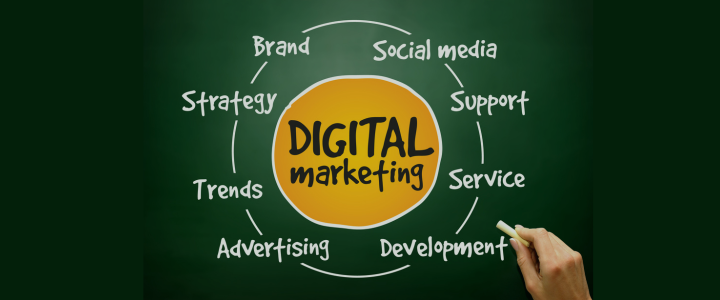Introduction:
In today's competitive business landscape, cultivating exceptional customer experiences and forging lasting relationships is paramount. Customer Data Platforms (CDPs) and Customer Relationship Management (CRM) systems are two crucial tools that can help organizations achieve these objectives. While both manage customer information, their functionalities and purposes differ significantly.
Customer Data Platform (CDP):
A CDP acts as a centralized hub for collecting and unifying customer data from various sources, including online interactions, transactions, social media, and more. By aggregating data from diverse touchpoints, CDPs create a holistic customer profile, providing businesses with a 360-degree view of their individual customers.
Key Features of CDP:
- Data Integration: Seamlessly merges data from multiple sources, offering a unified view of customer behavior and preferences.
- Real-time Data Processing: Provides access to the most up-to-date customer information, enabling real-time decision-making.
- Segmentation and Personalization: Allows businesses to segment customers based on their behavior and preferences, facilitating targeted marketing campaigns and personalized experiences.
- Marketing Automation: Enables businesses to leverage customer insights for automated marketing campaigns, improving campaign effectiveness.
Customer Relationship Management (CRM):
CRMs are designed to manage and optimize interactions with existing and potential customers. They focus on streamlining communication, automating sales processes, and nurturing customer relationships.
Key Features of CRM:
- Contact Management: Centralizes customer contact information, communication history, and other relevant details, facilitating efficient customer engagement for sales and support teams.
- Sales Automation: Automates various sales processes, aiding organizations in managing leads, tracking opportunities, and optimizing their sales pipeline.
- Customer Support: Provides tools for efficient and personalized customer support, enhancing customer satisfaction.
- Analytics and Reporting: Offers analytics tools to gain insights into sales performance, customer interactions, and overall business metrics.
Comparing CDPs and CRMs:
Despite their shared focus on customer data, CDPs and CRMs serve distinct purposes within an organization. CDPs primarily focus on data aggregation and unification, fostering personalized marketing strategies based on a complete customer profile. Conversely, CRMs facilitate efficient customer engagement, automate sales processes, and enhance customer support.
Integration:
The value of integrating CDPs and CRMs is becoming increasingly evident as businesses seek to leverage the strengths of both systems. A seamless integration allows organizations to utilize unified customer data for more effective sales, marketing, and customer service strategies.
Conclusion:
For organizations striving to excel in customer-centricity, both CDPs and CRMs are invaluable assets. CDPs empower businesses with a unified view of customer data, driving personalized marketing efforts, while CRMs ensure efficient customer engagement and streamline sales processes. By successfully integrating these platforms, organizations can gain a holistic understanding of their customers, build stronger relationships, and achieve sustainable success.



